Typing this Japanese word into your iPhone or Android device will introduce you to some very unusual characters.
emoticons
Japanese netizens are both creeped out and confused by this new Thanksgiving/Christmas emoji from Skype.
In Part 1 of this article, we learned some fun facts about three iconic foods so beloved by the Japanese that they, yup, became icons—how an old lady and a samurai gave birth to the first rice cracker; what it means to be called a pudding-head in Japan; and how a classic 1960s manga cemented the way oden would be illustrated for decades to come.
So get ready for Part 2, in which I’ll attempt to sift through millennia of history and get you further acquainted with three more emoticons!
First we’ll look at the mythical tengu, a complex, multifaceted creature that in modern times pops up in things like Digimon and the Mega Man series. Then we’ll check out a New Year’s decoration that may have originated from taketaba, a shield made from bundled bamboo that became necessary once firearms were introduced. To close, we’ll explore the customs and lore surrounding the Tanabata festival, including the romantic legend of Orihime and Hikoboshi, who are both star-crossed lovers and actual stars in the sky.
LINE is a free instant-messaging and voice-call application that’s almost a necessity in Asia; for many, it’s cheaper than texting through their mobile plan, and the app’s astounding collection of oversized emoticons called stickers and sticons (short for sticker emoticons) makes chatting with your friends that much more fun and cute! However, Japanese users recently noticed a puzzling sticon that had found its way into the pool. The image, which we’ll be looking at later, is based on a worldwide fad that didn’t seem to catch on in Japan, so it’s no wonder that people were confused.
This prompted me to wonder, “Which emoji are gathering dust because some people don’t quite know what they are or what they mean?” Since emoji (literally meaning “pictographs”) originated in Japan and later became incorporated into Unicode, it makes sense that many are emblematic of that country’s culture. After asking a few friends, choices were narrowed down to the above six emoticons, available on most smartphones. In Part 1 we’ll be examining the three food-based emoticons, so if you’re not familiar with that geometry lesson on a stick or the origins of that brown circle, read on after the jump!
Sometimes obvious things are hidden right in plain sight and it takes the fresh perspective of someone in another part of the world to point it out. One Twitter user stumbled on such a hidden gem recently when searching the Japanese character for “tsu” , which in the katakana alphabet is written ツ.
As you can probably see from the image above and in the text of the previous sentence, the letter looks quite a lot like a smirking face. This may appear obvious to many Western readers, but according to online reaction most Japanese netizens were taken by surprise at this discovery and had never noticed the similarity. Perhaps even more surprisingly, the character is also apparently getting an unusual amount of use in Middle Eastern countries.
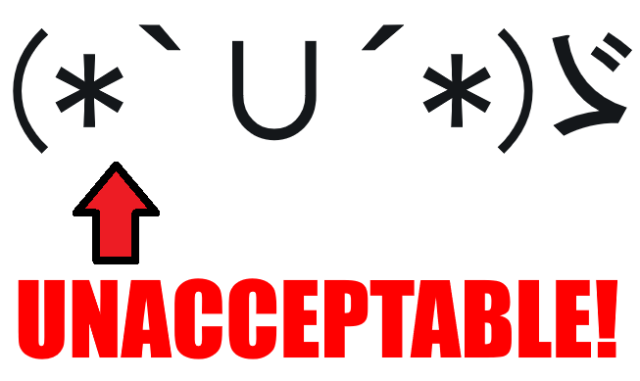
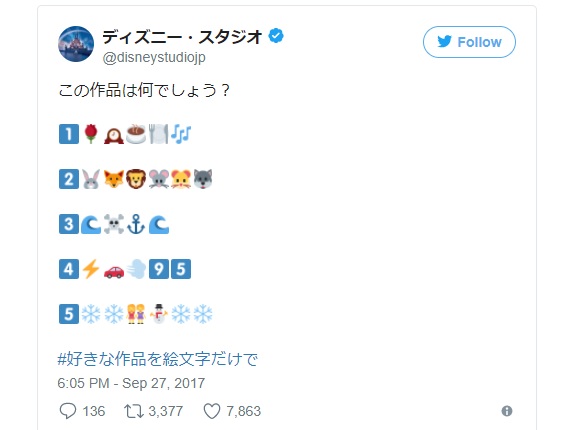
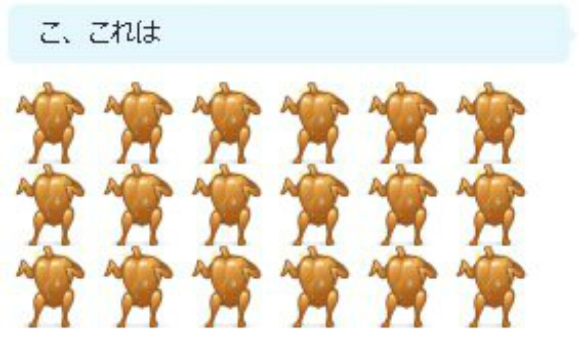
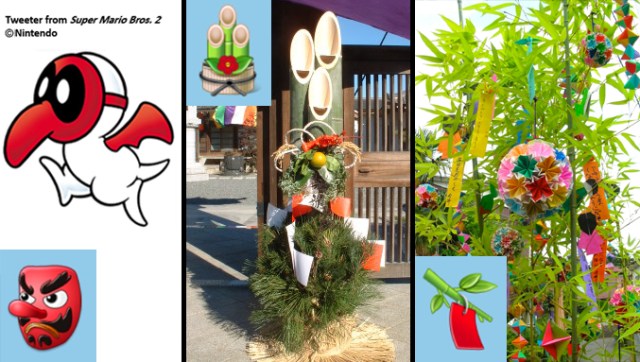
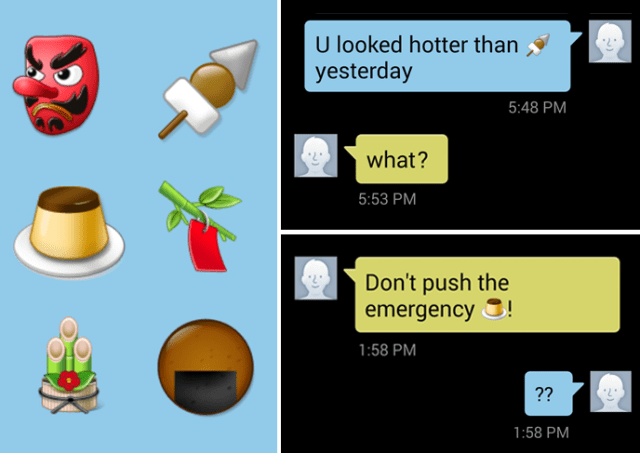
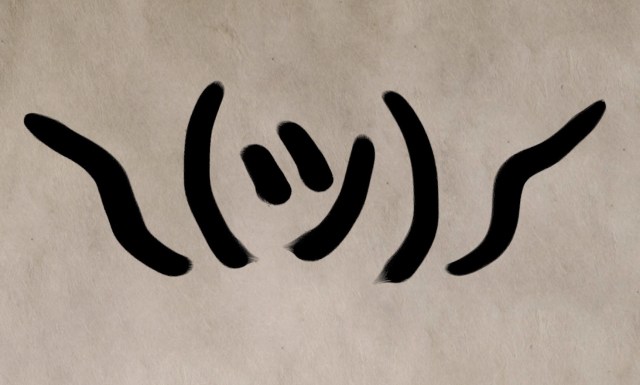
 Japanese beef bowl chain Sukiya’s 2026 Smile Box lucky bag basically pays for itself
Japanese beef bowl chain Sukiya’s 2026 Smile Box lucky bag basically pays for itself What did Shibuya really look like after the crowds on New Year’s Day?
What did Shibuya really look like after the crowds on New Year’s Day? 7 great places to see Mt. Fuji from without having to climb it
7 great places to see Mt. Fuji from without having to climb it Japanese airlines offer discounted fares to international tourists
Japanese airlines offer discounted fares to international tourists Japan Airlines is giving away free domestic flights to international tourists
Japan Airlines is giving away free domestic flights to international tourists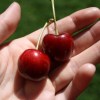 “Deflowering” services for virgin women are now a thing in Japan, apparently
“Deflowering” services for virgin women are now a thing in Japan, apparently We go behind the scenes at Japan Airlines’ in-flight meal factory【Photos】
We go behind the scenes at Japan Airlines’ in-flight meal factory【Photos】 Haunted hospital near Mt Fuji re-opens after renovation at Fuji-Q Highland, and it’s terrifying
Haunted hospital near Mt Fuji re-opens after renovation at Fuji-Q Highland, and it’s terrifying Daiso unveils new official mascot, Daizo the elephant
Daiso unveils new official mascot, Daizo the elephant Shimane’s hidden travel sites, where you can escape the crowds and enjoy traditional Japan
Shimane’s hidden travel sites, where you can escape the crowds and enjoy traditional Japan Starbucks Japan ready to get Year of the Horse started with adorable drinkware and plushies【Pics】
Starbucks Japan ready to get Year of the Horse started with adorable drinkware and plushies【Pics】 Cyberpunk anime meets traditional culture in Ghost in the Shell gold leaf Japanese changing screens
Cyberpunk anime meets traditional culture in Ghost in the Shell gold leaf Japanese changing screens Hayao Miyazaki says Happy New Year to Studio Ghibli fans with new art for Year of the Horse
Hayao Miyazaki says Happy New Year to Studio Ghibli fans with new art for Year of the Horse Hello Kitty Choco Egg figures are an adorable trip through three periods of Japanese pop culture【Pics】
Hello Kitty Choco Egg figures are an adorable trip through three periods of Japanese pop culture【Pics】 We found possibly the quietest Japanese-style hotel in Tokyo’s bustling Shinjuku district
We found possibly the quietest Japanese-style hotel in Tokyo’s bustling Shinjuku district 7-Eleven Japan’s ramen-cooking robot whipped us up a bowl of noodles【Taste test】
7-Eleven Japan’s ramen-cooking robot whipped us up a bowl of noodles【Taste test】 Sumo Sanrio! Hello Kitty and pals team up with Japan Sumo Association for new merch【Pics】
Sumo Sanrio! Hello Kitty and pals team up with Japan Sumo Association for new merch【Pics】 Japan’s oldest largetooth sawfish in captivity back on display in Mie Prefecture
Japan’s oldest largetooth sawfish in captivity back on display in Mie Prefecture More Than a Capsule Stay: Why Solo Travelers Choose “global cabin Yokohama Chinatown”
More Than a Capsule Stay: Why Solo Travelers Choose “global cabin Yokohama Chinatown” 7-Eleven Japan starts new temporary luggage storage service in over 300 branches
7-Eleven Japan starts new temporary luggage storage service in over 300 branches Disillusionment at Tsukiji’s tourist-target prices led us to a great ramen restaurant in Tokyo
Disillusionment at Tsukiji’s tourist-target prices led us to a great ramen restaurant in Tokyo Starbucks teams up with 166-year-old Kyoto doll maker for Year of the Horse decorations【Photos】
Starbucks teams up with 166-year-old Kyoto doll maker for Year of the Horse decorations【Photos】 Tokyo considering law requiring more trash cans following litter increase in heavily touristed area
Tokyo considering law requiring more trash cans following litter increase in heavily touristed area Tokyo’s Tsukiji sushi neighborhood asks tour groups to stay away for the rest of the month
Tokyo’s Tsukiji sushi neighborhood asks tour groups to stay away for the rest of the month Tokyo event lets you travel back in time, for free, to celebrate 100 years since Showa era start
Tokyo event lets you travel back in time, for free, to celebrate 100 years since Showa era start Sanrio theme park in Japan announces plans to expand into a Sanrio resort
Sanrio theme park in Japan announces plans to expand into a Sanrio resort Japan may add Japanese language proficiency, lifestyle classes to permanent foreign resident requirements
Japan may add Japanese language proficiency, lifestyle classes to permanent foreign resident requirements Stamina-destroying “Paralysis Noodles” are Tokyo’s newest over-the-top ramen innovation
Stamina-destroying “Paralysis Noodles” are Tokyo’s newest over-the-top ramen innovation Survey asks foreign tourists what bothered them in Japan, more than half gave same answer
Survey asks foreign tourists what bothered them in Japan, more than half gave same answer Japan’s human washing machines will go on sale to general public, demos to be held in Tokyo
Japan’s human washing machines will go on sale to general public, demos to be held in Tokyo Japan’s deadliest food claims more victims, but why do people keep eating it for New Year’s?
Japan’s deadliest food claims more victims, but why do people keep eating it for New Year’s? We deeply regret going into this tunnel on our walk in the mountains of Japan
We deeply regret going into this tunnel on our walk in the mountains of Japan Studio Ghibli releases Kodama forest spirits from Princess Mononoke to light up your home
Studio Ghibli releases Kodama forest spirits from Princess Mononoke to light up your home Major Japanese hotel chain says reservations via overseas booking sites may not be valid
Major Japanese hotel chain says reservations via overseas booking sites may not be valid Put sesame oil in your coffee? Japanese maker says it’s the best way to start your day【Taste test】
Put sesame oil in your coffee? Japanese maker says it’s the best way to start your day【Taste test】 No more using real katana for tourism activities, Japan’s National Police Agency says
No more using real katana for tourism activities, Japan’s National Police Agency says Starbucks Japan reveals new sakura drinkware collection, inspired by evening cherry blossoms
Starbucks Japan reveals new sakura drinkware collection, inspired by evening cherry blossoms Updated cherry blossom forecast shows extra-long sakura season for Japan this year
Updated cherry blossom forecast shows extra-long sakura season for Japan this year “Deflowering” services for virgin women are now a thing in Japan, apparently
“Deflowering” services for virgin women are now a thing in Japan, apparently We go behind the scenes at Japan Airlines’ in-flight meal factory【Photos】
We go behind the scenes at Japan Airlines’ in-flight meal factory【Photos】 Haunted hospital near Mt Fuji re-opens after renovation at Fuji-Q Highland, and it’s terrifying
Haunted hospital near Mt Fuji re-opens after renovation at Fuji-Q Highland, and it’s terrifying Daiso unveils new official mascot, Daizo the elephant
Daiso unveils new official mascot, Daizo the elephant Shimane’s hidden travel sites, where you can escape the crowds and enjoy traditional Japan
Shimane’s hidden travel sites, where you can escape the crowds and enjoy traditional Japan All-you-can-eat Häagen Dazs among 200 other frozen foods at Osaka’s Chin! Suru Restaurant【Pics】
All-you-can-eat Häagen Dazs among 200 other frozen foods at Osaka’s Chin! Suru Restaurant【Pics】 Sukiya beef bowl chain makes Japanese New Year fun with limited-edition fukubukuro
Sukiya beef bowl chain makes Japanese New Year fun with limited-edition fukubukuro Hypnosis bar opens in Tokyo, with prizes for those who don’t fall into a hypnotic state
Hypnosis bar opens in Tokyo, with prizes for those who don’t fall into a hypnotic state Pizza Hut Japan’s hot lucky bags are perfect for a New Year’s pizza party
Pizza Hut Japan’s hot lucky bags are perfect for a New Year’s pizza party A century of love – How dating and marriage have evolved in Japan
A century of love – How dating and marriage have evolved in Japan Japan has an awesome one-person bento box rice cooker, and here’s what we made with ours
Japan has an awesome one-person bento box rice cooker, and here’s what we made with ours